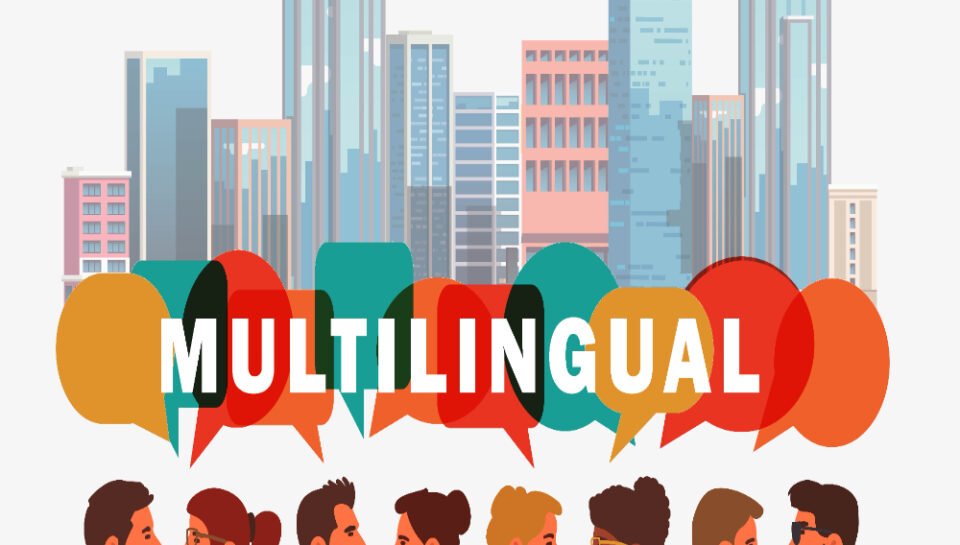
Detail the considerations for multilingual brochure design.
Introduction
In today’s globalized marketplace, businesses increasingly need to communicate with audiences who speak different languages. Multilingual brochures allow brands to extend their reach, build trust, and present a culturally inclusive image. However, designing brochures in multiple languages involves more than just translation—it requires careful planning, layout adjustment, and cultural sensitivity to maintain clarity, consistency, and impact across versions.
Language Selection and Target Audience
The first step is identifying which languages to include based on the target audience’s location, preferences, and literacy levels. Consider regional dialects, reading habits, and formal vs. informal language. The selected languages should reflect the audience’s primary spoken or written communication styles to ensure relevance and accessibility.
Layout Planning and Space Management
Different languages take up different amounts of space. For example, German and Russian often use more characters than English, while Chinese or Arabic may use fewer. Layouts must be flexible enough to accommodate text expansion or contraction without affecting visual balance. Designers should allow extra white space during initial layout creation to prevent crowding later.
Typeface and Font Compatibility
Not all fonts support all language scripts. For multilingual brochures, select typefaces that offer broad character support, including non-Latin scripts like Arabic, Chinese, or Cyrillic. The font should maintain legibility and brand consistency across all language versions. Also, be mindful of directionality—some languages like Arabic and Hebrew are read right-to-left.
Cultural Sensitivity and Localization
Localization goes beyond translation. It involves adapting visuals, colors, idioms, symbols, and images to resonate with the cultural values and norms of each audience. A gesture or photo that’s appropriate in one region may be offensive or meaningless in another. Work with native speakers and local experts to ensure both content and design are culturally appropriate.
Consistent Branding Across Languages
Brand identity must remain consistent regardless of language. Logos, brand colors, graphic elements, and overall visual style should be uniform to maintain recognition and trust. Use the same brand guidelines for all versions, adjusting only what’s necessary for cultural or linguistic accuracy.
Translation Accuracy and Tone
Use professional human translators rather than automated tools to ensure accuracy, tone, and grammar are preserved. Messaging should reflect the same brand voice across languages, whether it’s formal, friendly, technical, or inspirational. Always proofread translated content thoroughly and consider using transcreation for marketing-heavy copy.
File Organization and Version Control
Managing multiple language versions can get complex. Maintain organized file structures, clearly label each version, and use consistent file naming conventions. Use design software that supports multilingual text layers and consider version control tools for updates or changes across languages.
Printing and Distribution Considerations
If the brochure will be printed, decide whether to create one unified brochure containing multiple languages (e.g., side-by-side layout or flipbook style) or separate versions for each language. Printing cost, target audience needs, and design constraints will influence this decision. For digital brochures, interactive navigation features can make switching between languages seamless.
Accessibility and Readability
Ensure that all language versions maintain readability. Font sizes, line spacing, contrast, and headings should be consistent and accessible. Also, consider compliance with accessibility standards, especially for government or public-facing materials, to ensure usability by diverse audiences.
Conclusion
Designing a multilingual brochure requires thoughtful coordination between content, design, and cultural understanding. From font selection to layout structure and localization, every detail must be handled with precision to create an inclusive and professional final product. When done well, multilingual brochures not only extend a brand’s reach but also reinforce its credibility and cultural awareness.
Hashtags
#MultilingualBrochures #BrochureDesign #InternationalMarketing #LocalizationDesign #TranslationInDesign #CrossCulturalCommunication #GlobalBranding #MultilingualMarketing #DesignStrategy #InclusiveMarketing #VisualConsistency #BrochureLayout #LanguageDesign #DesignLocalization #TypographyTips #MultilingualTypography #GlobalAudience #PrintMarketing #DesignForDiversity #MarketingTranslation #ContentLocalization #DigitalBrochures #RightToLeftDesign #CulturalSensitivity #BrandConsistency





